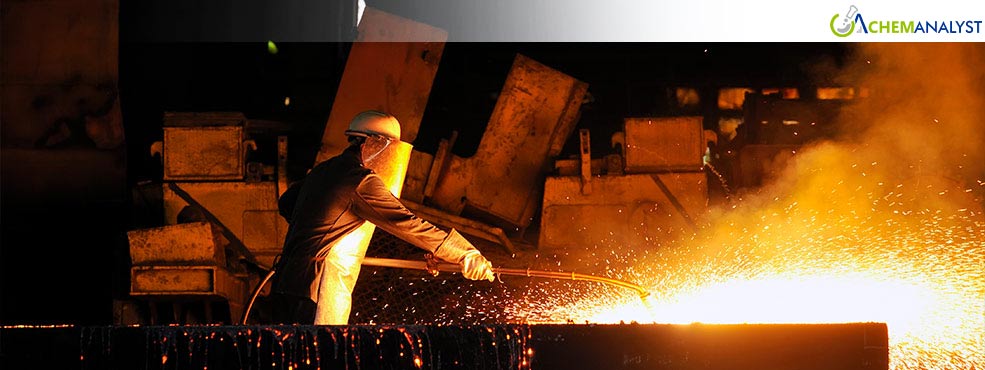US Scientists Achieve Coal-Free Ironmaking at Lesser Cost, Promising a Greener Steel Industry
- 10-Apr-2025 9:30 PM
- Journalist: Jacob Kutchner
US scientists at the University of Oregon have developed a low-temperature electrochemical method for producing iron, the key ingredient in steel, at a potentially lower cost than traditional coal-fired processes. This approach bypasses the need for carbon-intensive blast furnaces, offering a promising pathway towards a greener and more sustainable steel industry.
Steel, ubiquitous in modern infrastructure and manufacturing, has long been associated with substantial carbon emissions due to the conventional method of extracting iron from its ore using coal. As global demand for steel continues its upward trajectory, the urgency for cleaner production methods has become paramount for achieving climate goals and ensuring the long-term viability of the industry.
Researchers at the University of Oregon, led by chemist Paul Kempler, are tackling this challenge head-on by reimagining ironmaking through electrochemistry. Their innovative process utilizes electricity to extract pure iron from iron oxide in a saltwater solution at significantly lower temperatures compared to traditional methods. Notably, the process also yields chlorine as a valuable commercial byproduct, potentially enhancing its economic viability.
The team's research, building upon their previous success in laboratory-scale iron production using electrochemistry, focused on adapting the process for real-world iron ores, which are far more complex than the purified materials used in initial experiments. A crucial aspect of their recent work involved identifying the types of naturally occurring iron oxides that would be most efficient in these low-temperature electrochemical reactions.
Postdoctoral researcher Ana Konovalova and graduate student Andrew Goldman conducted detailed investigations into the impact of the shape and structure of iron oxide particles on the efficiency of the electrochemical process. By creating porous and dense particles with similar chemical compositions but differing internal architectures, they made a significant discovery: porosity is key.
Their findings, published in the journal ACS Energy Letters, revealed that porous iron oxide particles, characterized by a larger internal surface area, facilitated a significantly faster and more efficient production of iron. In contrast, dense particles hindered the process, limiting the rate and overall amount of iron that could be produced per unit area of the electrodes.
"With the really porous particles, we can make iron really quickly on a small area," explained Goldman. "The dense particles just can’t achieve the same rate, so we’re limited in how much iron we can make per square meter of electrodes."
This enhanced efficiency is not just a scientific achievement but also a critical factor for the potential industrial scalability of the technology. Large-scale electrochemical plants require substantial investment, and the ability to produce iron rapidly directly impacts their economic competitiveness.
The researchers' estimations, based on their work with porous particles, suggest that their electrochemical method could produce iron for under $600 per metric ton, placing it within the same cost range as conventional. Further advancements in electrode design and the utilization of optimized porous feedstock materials hold the potential to drive costs even lower.
To accelerate the transition from laboratory innovation to industrial application, the University of Oregon team is actively collaborating with civil engineers at Oregon State University and an electrode manufacturing company.



